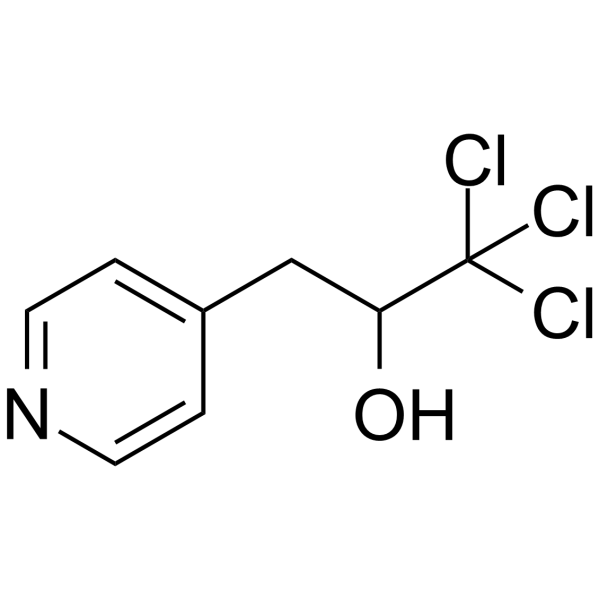上海金畔生物科技有限公司为生命科学和医药研发人员提供生物活性分子抑制剂、激动剂、特异性抑制剂、化合物库、重组蛋白,专注于信号通路和疾病研究领域。
PETCM 纯度: 99.36%
PETCM 是 caspase-3 的激活剂,以细胞色素 c (cyto c) 依赖的方式起作用。PETCM 可促进 Apaf-1 低聚化,可诱导 HeLa 细胞的凋亡 (apoptosis)。

PETCM Chemical Structure
CAS No. : 10129-56-3
| 规格 | 价格 | 是否有货 | 数量 |
|---|---|---|---|
| 5 mg | ¥2100 | In-stock | |
| 10 mg | ¥3500 | In-stock | |
| 50 mg | 询价 | ||
| 100 mg | 询价 |
* Please select Quantity before adding items.
PETCM 相关产品
•相关化合物库:
- Bioactive Compound Library Plus
- Apoptosis Compound Library
- Anti-Cancer Compound Library
- Pyroptosis Compound Library
| 生物活性 |
PETCM is an activator of caspase-3 and acts as an cytochrome c (cyto c)-dependent manner. PETCM promotes Apaf-1 oligomerization and induces cell apoptosis in HeLa cells[1][2]. |
||||||||||||
|---|---|---|---|---|---|---|---|---|---|---|---|---|---|
| IC50 & Target[1] |
|
||||||||||||
| 体外研究 (In Vitro) |
PETCM (0.1-0.5 mM) stimulates caspase-3 activity (DEVD activity) of HeLa S-100 in a dose-dependent manner.And 0.2 mM PETCM is more efficient in activating caspase-3 than 1 mM dATP[1].PETCM (0.2 mM; 1 hour) drives apoptosome formation. Apaf-1 in a normal HeLa cell S-100 fraction is in an inactive monomeric form. After 1 mM dATP, most of the Apaf-1 shifted to a size of 1 million daltons. After the S-100 fraction with 0.2 mM PETCM, Apaf-1 exhibits a similar shift. And the efficiency of apoptosome formation was better with 0.2 mM PETCM[1].PETCM (0.2 mM; 1 hour) can antagonize the inhibitory activity of ProT reduced caspase-3 activation in in HeLa cells[1]. Shanghai Jinpan Biotech Co Ltd has not independently confirmed the accuracy of these methods. They are for reference only. Western Blot Analysis[1]
|
||||||||||||
| 分子量 |
240.51 |
||||||||||||
| Formula |
C8H8Cl3NO |
||||||||||||
| CAS 号 |
10129-56-3 |
||||||||||||
| 运输条件 |
Room temperature in continental US; may vary elsewhere. |
||||||||||||
| 储存方式 |
|
||||||||||||
| 参考文献 |
|
所有产品仅用作科学研究或药证申报,我们不为任何个人用途提供产品和服务
